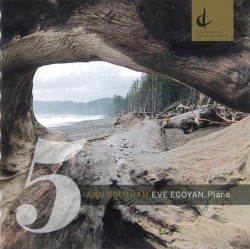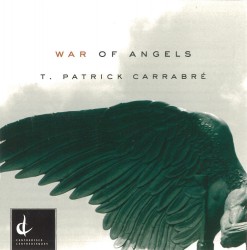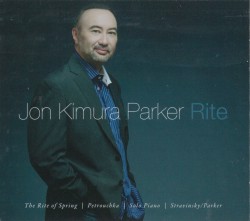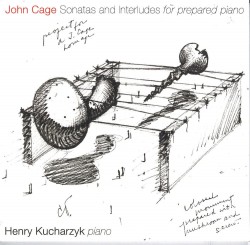Woman Runs with Wolves Beverley Johnston
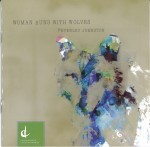 Woman Runs with Wolves
Woman Runs with Wolves
Beverley Johnston
Centrediscs CMCCD 18913
This new release by Canadian superstar percussionist Beverley Johnston has everything a listener loves — stellar performances, strong compositions and clear sound quality.
The title track, Woman Runs With Wolves by Alice Ho, is based on the myth La Loba from Women Who Run with the Wolves by Clarissa Pinkola Estes. It is a dramatic work, with Johnston vocalizing a text of an invented language while playing hand-held percussion instruments. The work also involves acting and movement but Johnston’s precise rhythmic patterns and surprising range of vocal colours make it moving even without the visuals.
Christos Hatzis’ In the Fire of Conflict is a two-movement solo marimba and audio playback version of an earlier work also featuring cello. The marimba part adds a contrapuntal melodic line to the haunting rap tracks by Bugsy H. (aka Steve Henry) and tape effects, while the rhythmic component breaks down the boundaries between classical and pop music. Hatzis’ Arctic Dreams also features flutist Susan Hoeppner and soprano Lauren Margison in a soundscape of jazzy marimba, trilling flute and lush vocals against a wilderness-evoking tape part.
David Occhipinti’s moving marimba solo Summit, and three duets with pianist Pamela Reimer — Tim Brady’s rhythmically driven Rant! (based on a Rick Mercer “Rant”), Micheline Roi’s Grieving the Doubts of Angels and the film score-like Up and Down Dubstep by Lauren Silberberg — add compositional contrast and colour.
Johnston’s sense of phrase, tone colour and respect for the composers shine throughout this perfect release from a perfect musician.


